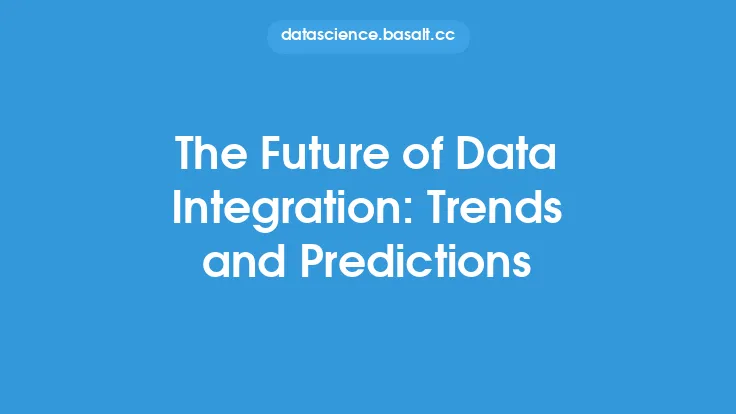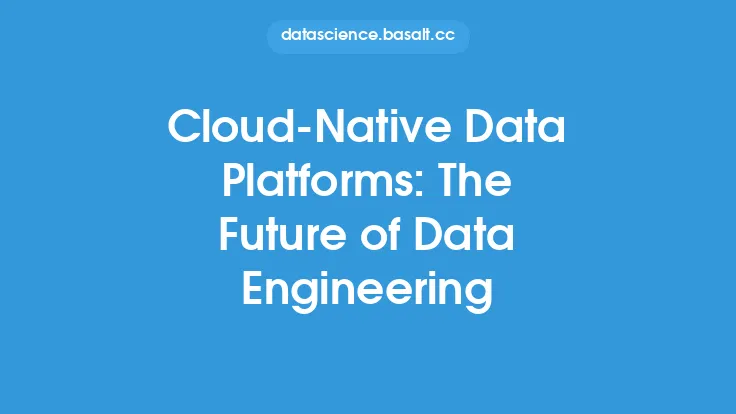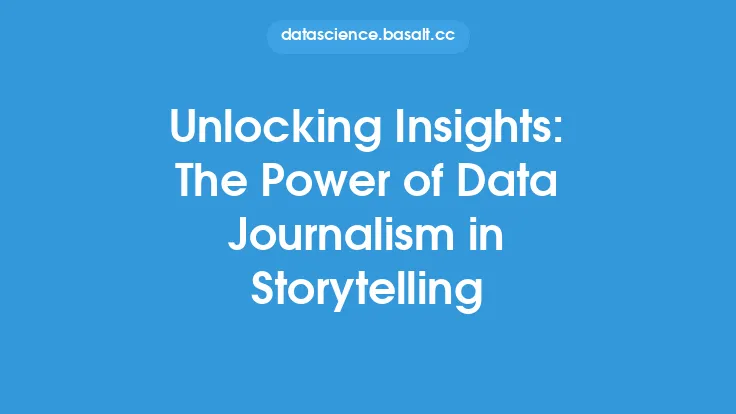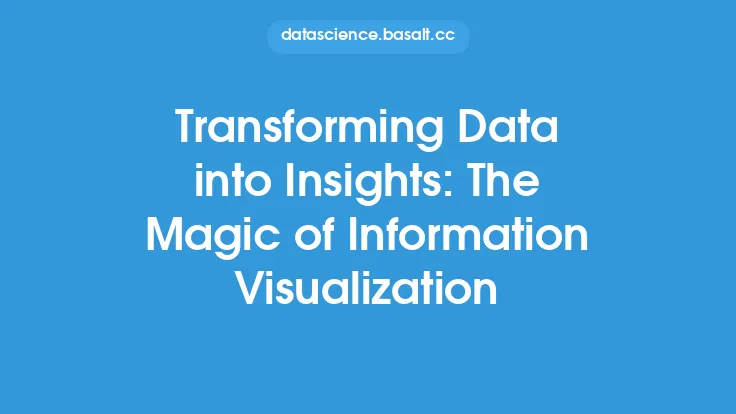The journalism industry has undergone significant transformations over the years, driven by advances in technology and changing consumer behaviors. One of the key drivers of this change is the increasing use of data in journalism, which has revolutionized the way news is gathered, analyzed, and presented to the public. Data journalism, a subset of data storytelling, has become an essential tool for journalists to uncover hidden insights, identify trends, and tell compelling stories that engage and inform audiences.
Introduction to Data Journalism
Data journalism involves the use of data and statistical analysis to uncover and tell stories that would be difficult or impossible to tell through traditional reporting methods. It combines the principles of journalism with the techniques of data analysis, allowing journalists to extract insights and meaning from large datasets. Data journalism can take many forms, including investigative reporting, data visualization, and interactive storytelling. By leveraging data, journalists can provide more accurate, comprehensive, and engaging coverage of news events, and hold those in power accountable for their actions.
The Role of Data in Journalism
Data plays a critical role in journalism, enabling journalists to identify patterns, trends, and correlations that might not be apparent through traditional reporting methods. By analyzing large datasets, journalists can uncover insights that inform and shape their reporting, and provide a more nuanced understanding of complex issues. Data can also be used to fact-check and verify information, reducing the risk of errors and inaccuracies in reporting. Furthermore, data can be used to create interactive and immersive storytelling experiences, such as data visualizations, maps, and simulations, which can engage audiences and facilitate a deeper understanding of complex issues.
Data Journalism Tools and Techniques
A range of tools and techniques are used in data journalism, including data scraping, data cleaning, and data analysis. Data scraping involves extracting data from online sources, such as websites, databases, and social media platforms. Data cleaning involves preparing and processing the data for analysis, which can include handling missing values, removing duplicates, and transforming data formats. Data analysis involves using statistical and machine learning techniques to extract insights and meaning from the data. Common data analysis techniques used in data journalism include regression analysis, clustering, and network analysis. Data visualization tools, such as Tableau, Power BI, and D3.js, are also used to create interactive and dynamic visualizations of the data.
The Impact of Data Journalism on the Industry
The impact of data journalism on the industry has been significant, enabling journalists to produce high-quality, data-driven reporting that engages and informs audiences. Data journalism has also enabled journalists to cover complex issues in greater depth and detail, and to hold those in power accountable for their actions. The use of data in journalism has also led to the development of new business models and revenue streams, such as data-driven subscription services and sponsored content. Furthermore, data journalism has facilitated greater collaboration and innovation in the industry, with journalists, developers, and designers working together to create new and innovative storytelling experiences.
Challenges and Opportunities in Data Journalism
Despite the many benefits of data journalism, there are also several challenges and opportunities that the industry must address. One of the key challenges is the need for greater data literacy and analytical skills among journalists, which can be a barrier to entry for those who are new to data journalism. Another challenge is the issue of data quality and accuracy, which can be a major concern in data-driven reporting. Opportunities in data journalism include the use of emerging technologies, such as artificial intelligence and machine learning, to automate and enhance data analysis and reporting. The increasing availability of open data and APIs also presents opportunities for journalists to access and analyze large datasets, and to create new and innovative storytelling experiences.
The Future of Data Journalism
The future of data journalism is exciting and rapidly evolving, with new technologies, tools, and techniques emerging all the time. The increasing use of artificial intelligence and machine learning in data journalism is likely to automate and enhance data analysis and reporting, and to enable journalists to cover complex issues in greater depth and detail. The growing availability of open data and APIs will also enable journalists to access and analyze large datasets, and to create new and innovative storytelling experiences. Furthermore, the development of new business models and revenue streams, such as data-driven subscription services and sponsored content, will enable journalists and news organizations to sustain themselves in a rapidly changing media landscape. As the industry continues to evolve, it is likely that data journalism will play an increasingly important role in shaping the future of journalism and storytelling.





